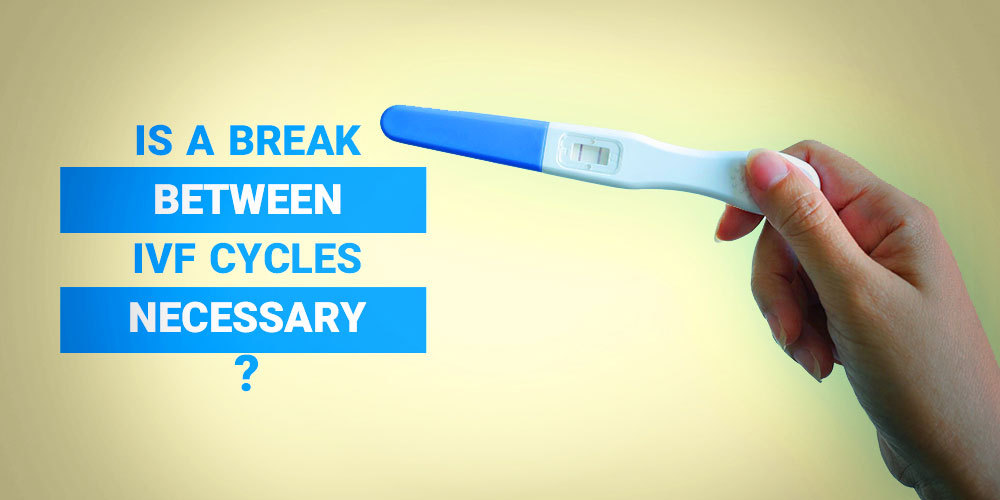
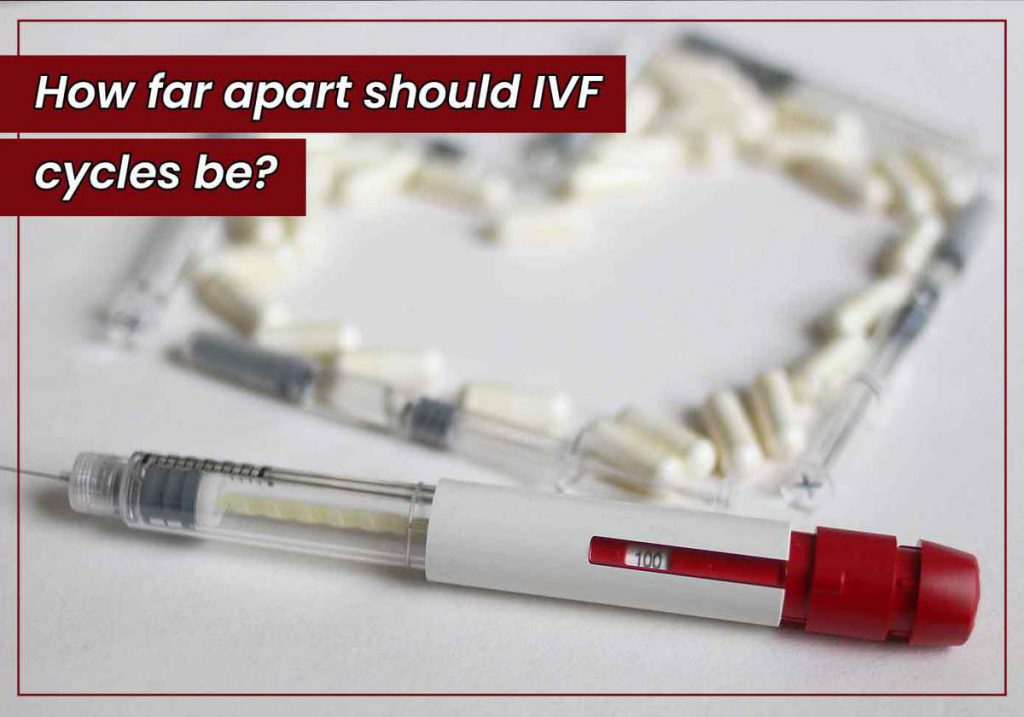 After regarding the above considering, there is an important question “should you take a break between IVF cycles?” The answer to this question is yes. IVF should not be performed twice a row without a menstrual cycle. For most women, this means waiting 4 to 6 weeks following the embryo transfer and the negative pregnancy test before beginning another complete cycle. Following this method and taking a break for one menstrual cycle call back to back IVF cycles, but if more than your break last, it calls a delayed IVF cycle. The high success rate of back-to-back IVF cycles will encourage fertility specialists and the intended parents, despite medical, physical and financial strains to go through the subsequent IVF cycles.
After regarding the above considering, there is an important question “should you take a break between IVF cycles?” The answer to this question is yes. IVF should not be performed twice a row without a menstrual cycle. For most women, this means waiting 4 to 6 weeks following the embryo transfer and the negative pregnancy test before beginning another complete cycle. Following this method and taking a break for one menstrual cycle call back to back IVF cycles, but if more than your break last, it calls a delayed IVF cycle. The high success rate of back-to-back IVF cycles will encourage fertility specialists and the intended parents, despite medical, physical and financial strains to go through the subsequent IVF cycles.

Warning! Fresh embryo transfer after in vitro fertilization (IVF) cycles should not be performed in back-to-back months.While frozen embryos may have done immediately after a failed embryo transfer attempt, but fresh cycles must be done with intervals. Immediate fresh cycle is dangerous and should be avoided.
Some clinics will go forward with a frozen embryo transfer after a fresh IVF cycle even if they won’t start a new stimulation cycle. Alternatively, doing a frozen embryo transfer immediately following a fresh IVF cycle have had high pregnancy rates. Another way you can go through with your doctor’s consultation. Remember it’s a sensitive process and requires thorough medical examination.Individualizing treatment protocols for each patient maximizes positive pregnancy rates.The implantation window is defined as the period when the uterus is receptive for implantation of the free-lying blastocyst. This period of receptivity is short and does not last long.
It has been assumed that the WOI is not a constant variable in all women and the determination of its displacement is of crucial importance, especially for patients with recurrent implantation failure (RIF).What’s more, in rare cases it could have different duration and position in the menstrual cycle even in the same woman but during different periods.
A 37-year-old woman with recurrent implantation failure, who was previously classified as idiopathic but has now been diagnosed as having a variable WOI.
In order to solve the problem with pinpointing a variable WOI, a specific type of embryo transfer, called mixed double embryo transfer (MDET), was done where one Day 3 and one Day 5 good quality embryos were transferred simultaneously 7 days after ovulation.
A viable single pregnancy was confirmed by ultrasound scan and a healthy girl was born.This case showed a unique approach in overcoming the problem in recurrent implantation failure patients with variable window of implantation.
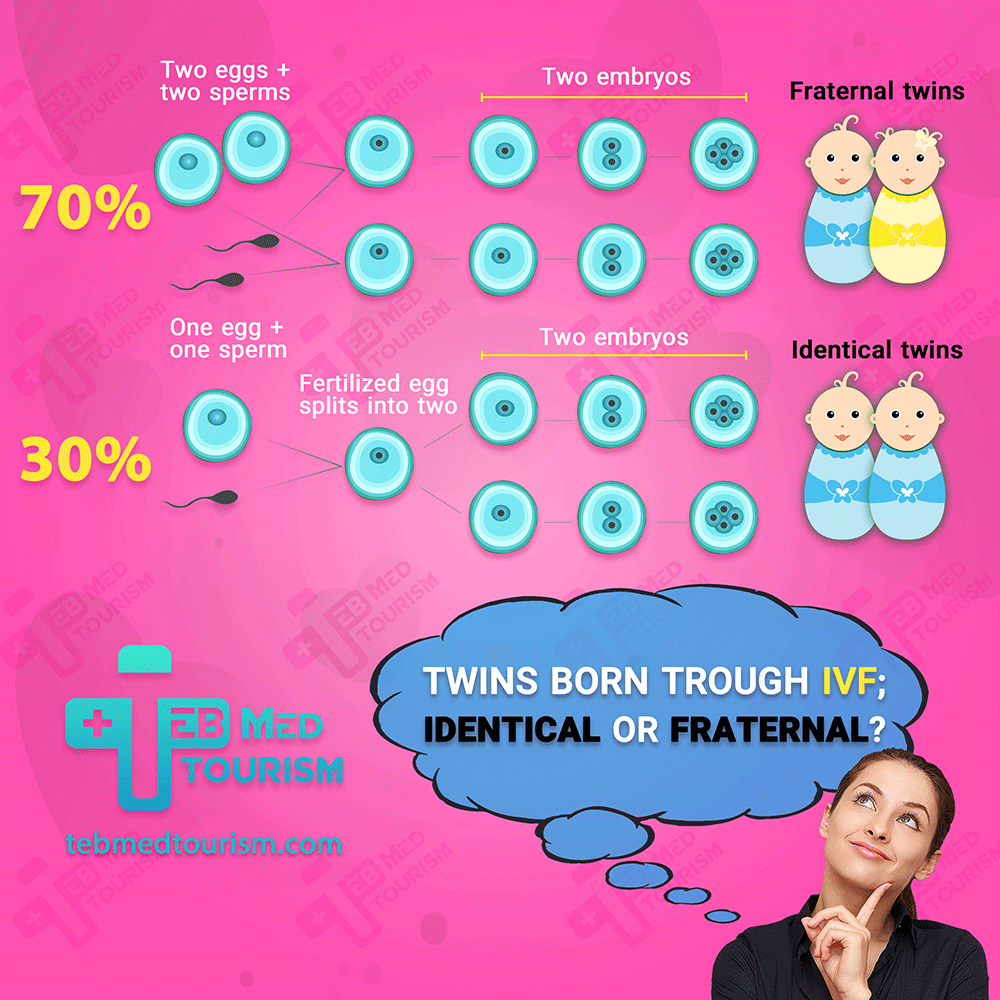
But fertility specialists usually recommend to take a break between transfers. Even if it does not affect physically, can be helpful emotionally.Finding the best moment in the menstrual cycle for embryo transfer is a crucial step in overcoming the infertility problems in patients with repeated implantation failures
However, making that decision is not easy for many people. It may seem like the clock is ticking louder and faster after a failed cycle that has not resulted in a pregnancy.Some people think in a way that when they achieved power for the process, taking breaks drags them out.
But it’s not right. Many do benefit from a pause in cycles.If age is a factor and you’re worried about taking a break, then talk to your doctor about what is the best action for you.
If you decide to take a break between, you will likely still be thinking about getting pregnant during that time. You can try to take that time to learn new ways to deal with stress.
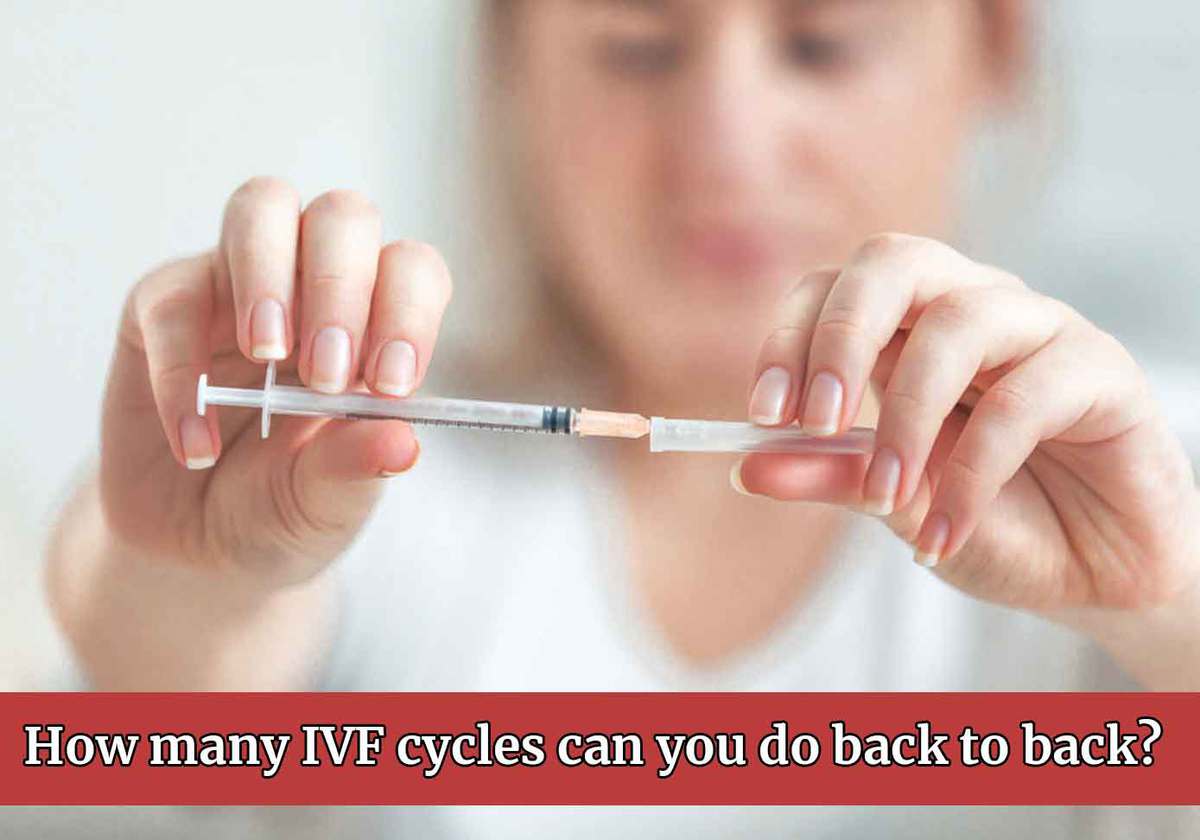
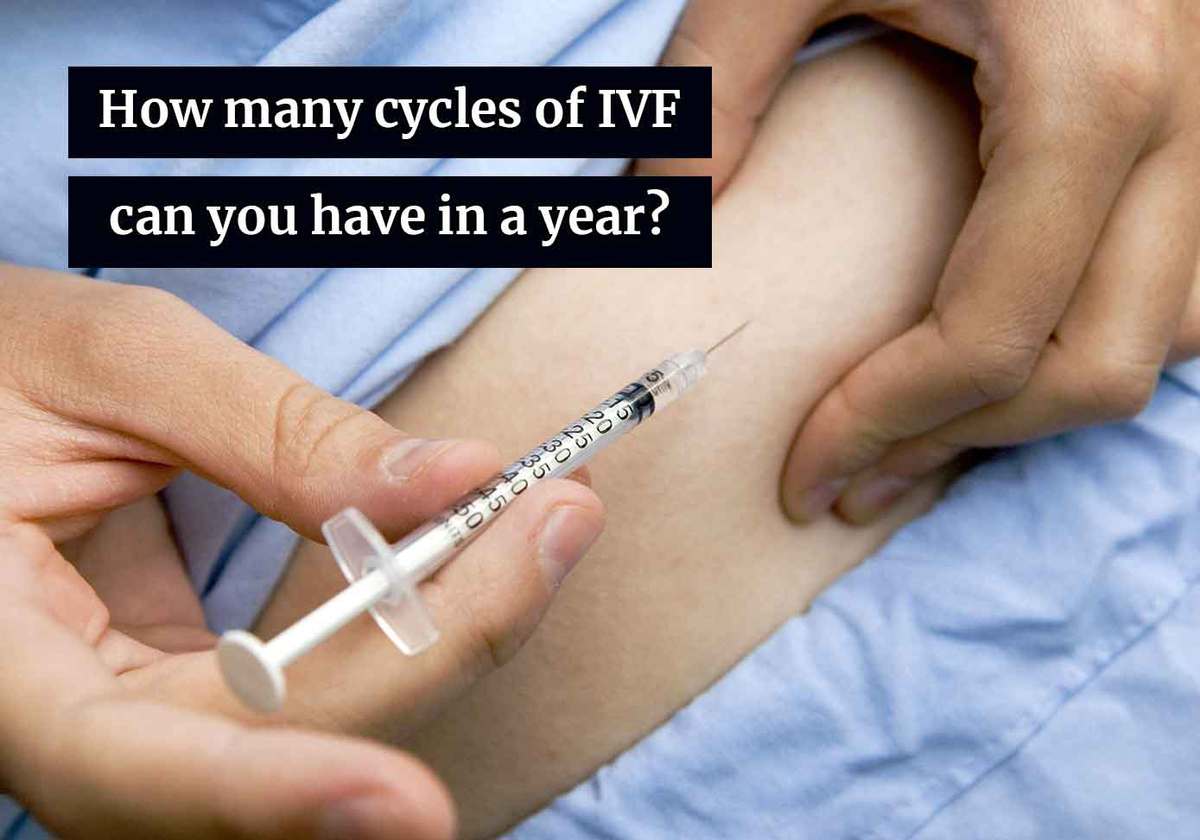

call us: +98 912 098 5010
Visit us: 1st. Floor / No. 270 /Between Bagh & Azadi Alleyways / North Sohrevardi st. / Tehran / Iran
Mail us: [email protected]

Comments & Questions